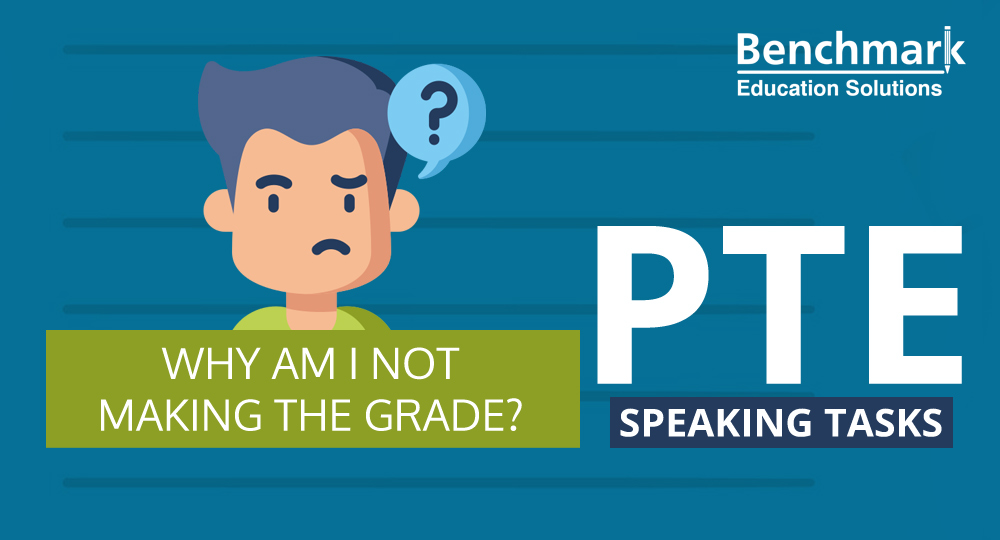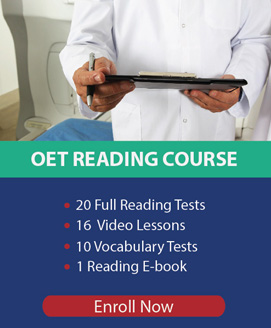Why My PTE Speaking Score Is Low?


Table of Contents
The PTE speaking section of the test can be deceptively difficult. Students with good English proficiency often expect the oral tasks in an English test to be the easiest as they feel confident conversing in English in everyday situations or in their study. Even students who are nearly fluent in English can end up scoring below the required grade in the tasks. This is understandably hard to comprehend as surely a fluent or near fluent speaker would get high marks.
Students are often expecting the writing to be a challenge, for example and put a lot of revision time into this part of the test but think that the speaking tasks will be a breeze. When the results come back and scores are lower that expected, it can be confusing and frustrating and difficult to know how to improve your score. We’ve come up with some key reasons for students coming out with lower than required marks in the PTE speaking tasks and some tips to address these problems so that you can work on these areas. Often, it is not your language ability that is the problem but common mistakes being made specific to the task itself that even a native English speaker could make so don’t get downhearted, just follow our tips!
When we speak naturally, we often pause to think, and we skip from one sentence to the next as something comes into our minds. We change what we were going to say half way through a sentence to put it differently. We ALL do this, native speakers included, in a conversational situation. And remember, it is unusual to be talking alone, all in one block. When we are in a conversation in real life, another person is interjecting, and we are responding and changing what we are thinking and saying again! Have a check next time you are speaking with someone in your native language and you will notice that it is common to break up sentences, repeat words and pause.
Unfortunately, in the PTE speaking tasks, one of the main skills that is being assessed is oral fluency, so it is important that you speak in full sentences with a beginning and an end and as little self-correction, repetition and re-staring as possible. 5 points are awarded for oral fluency which is a significant number of points, so even though this is essentially an unnatural way of speaking, you must practice speaking as if you were reading written sentences. Even if you are a little unsure if the words you are saying to complete the sentence are correct, it is better to just say them rather than stopping to think and correct instead!
Tip 2: Avoid using sounds in between your words
As with our pausing, self-correction and repetition, another thing that we all do in conversation is use sounds to fill the space when we are thinking in conversation. This seems to be a feature of some languages more than others but most of us do it in our native language and even more so in a second language as we need more time to think of the words that we are going to say to formulate the perfect sentence. We may say erm or ah, or you know or like while we are thinking; it is just our brain playing for time to find the correct words. Once again, the PTE test does not like this! Even though this is how we speak in real life, the PTE is assessing our ability to turn our conceptual thinking into an informative language using appropriate vocabulary and using filler words implies that we are having difficulty doing this.
There are a couple of ways to avoid this as well as just having an awareness of the fact that you may be using these filler sounds and words so that you can avoid doing so. For the PTE tasks that require you to speak at length such as the describe image task or the re-tell lecture task, use the thinking time given before you have to start speaking to decide on a few key points that you will speak about so that you are not having to think on the spot during the task. Practicing speaking tasks before the test and deciding on a structure that you always use in each task can also be a big help. You can prepare stock beginnings middles and endings, and perhaps even some sentence openers and closers that you often use and most importantly a structure to follow, just as you would when writing a passage.


Tip 3: Speak at normal speed
Nerves do all sorts of strange things to us in exams and one of the common problems that students have in the PTE speaking tasks is the tendency to speak overly fast. Some of us may be familiar with our speech speeding up in situations where we are anxious such as an interview or a date! Our brains are functioning more quickly as a result of our fight or flight anxiety response and this is reflected in our talking speed.
Another reason that people speak fast in oral language tasks is that they are trying to avoid the previously mentioned mistakes of pausing and using filler words. This is completely understandable as students are trying to achieve fluency and avoid stopping and starting. Additionally, you may wish to get in as many words as possible to show off your vocabulary and grammar skills. Both of these concepts are false friends though and you should be aware of them.
The key is to strike a balance between fluency and speed. Even though you are aiming to avoid too many pauses, brief pauses are a normal part of speech and it is important to practice speaking in a fairly slow, clear and calm manner many times before the test so that you have a talking speed with which you are comfortable.
Tip 4: Speak in formal English
Just as you are required to use formal English in the PTE writing tasks, the same is expected of you when it comes to the speaking tasks. Much of your English-speaking practice is likely to have been more conversational and informal. You may be used to using slang and colloquialisms in your speech but in the PTE speaking tasks, you should not be talking in a “chatty” style. Instead of thinking as if you are talking to a friend, imagine you are doing a professional presentation at work or college and you will get the right style. Have some formal words and phrases memorised just as you would for formal writing that you can slip in. This makes it easier to start and end sentences and link ideas. You want to show off your use of formal vocabulary and grammatical ability, so you need to speak as if you were reading an essay out loud.
So, to summarize, speak in full sentence in formal, “essay-style” English. Speak slowly and clearly but avoid too many pauses, repetition of words and self-correction. Essentially, always complete a sentence once you have started it. Using these 4 tips, you can be sure that you are not falling into the traps that many students do when it comes to the PTE speaking tasks. The scores are about so much more than your language proficiency. By practicing speaking in this way, you will tick all the required boxes and get the marks that your English level merits.










